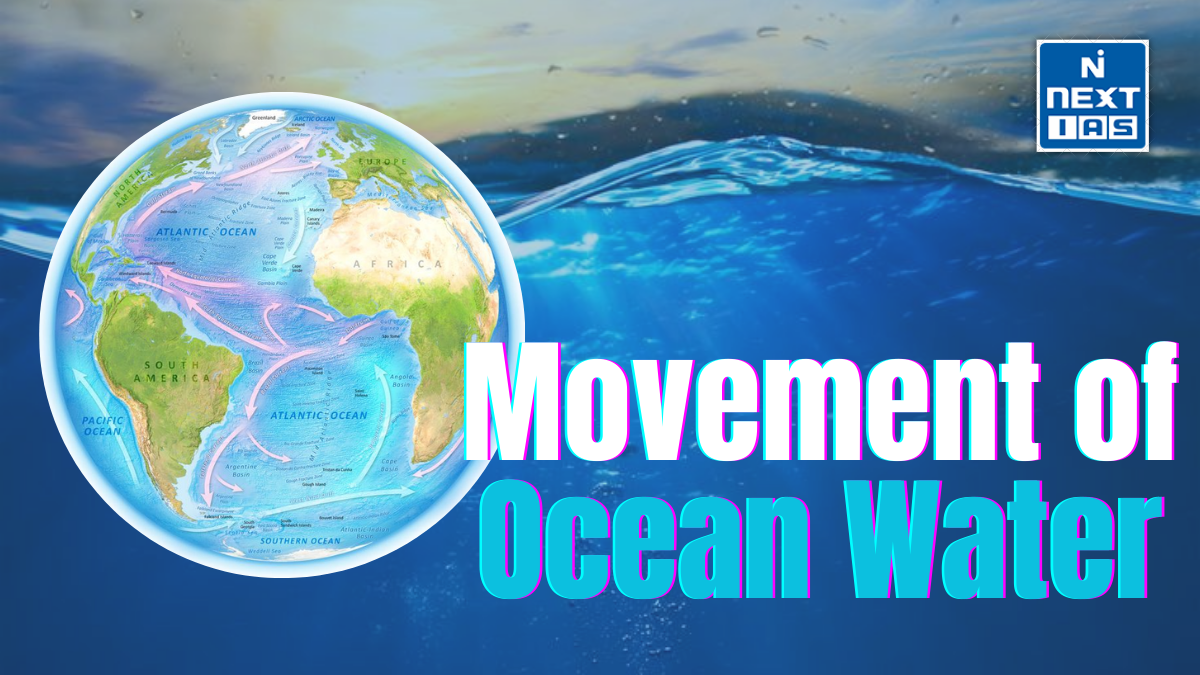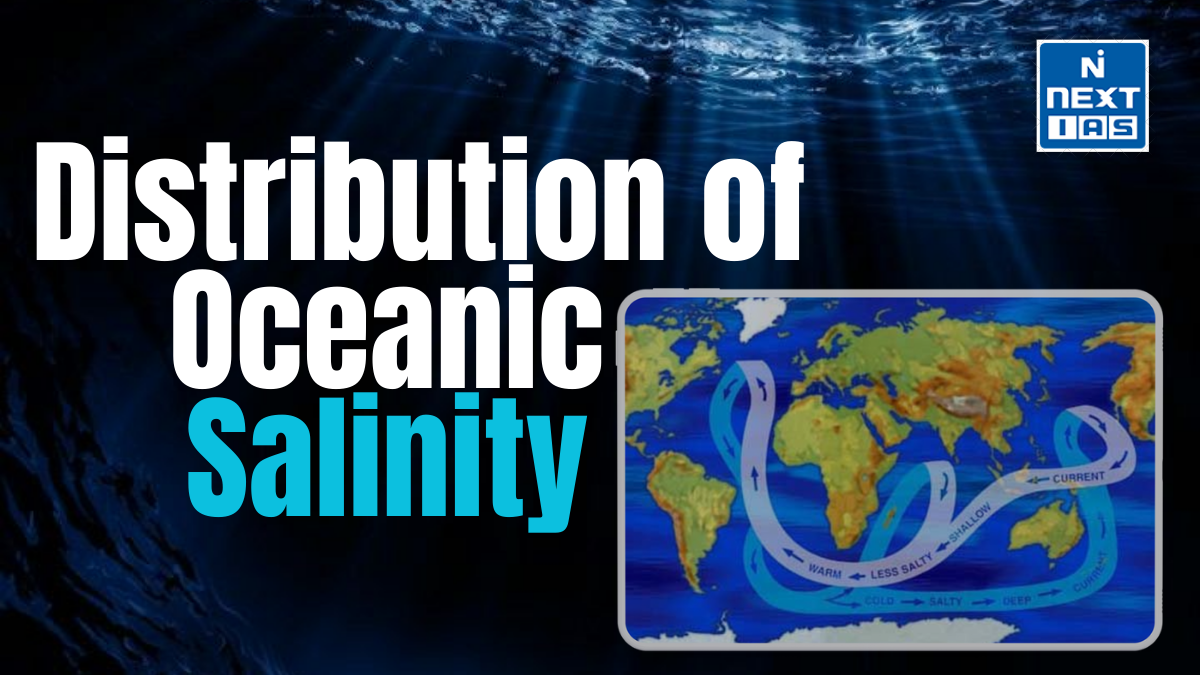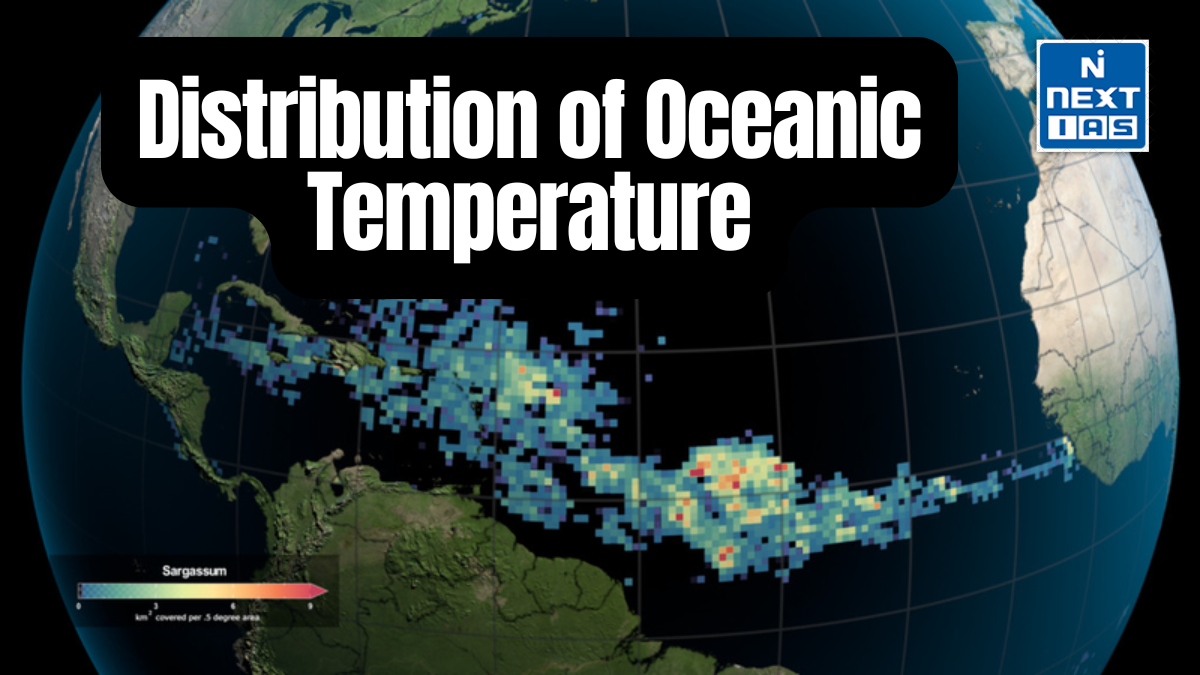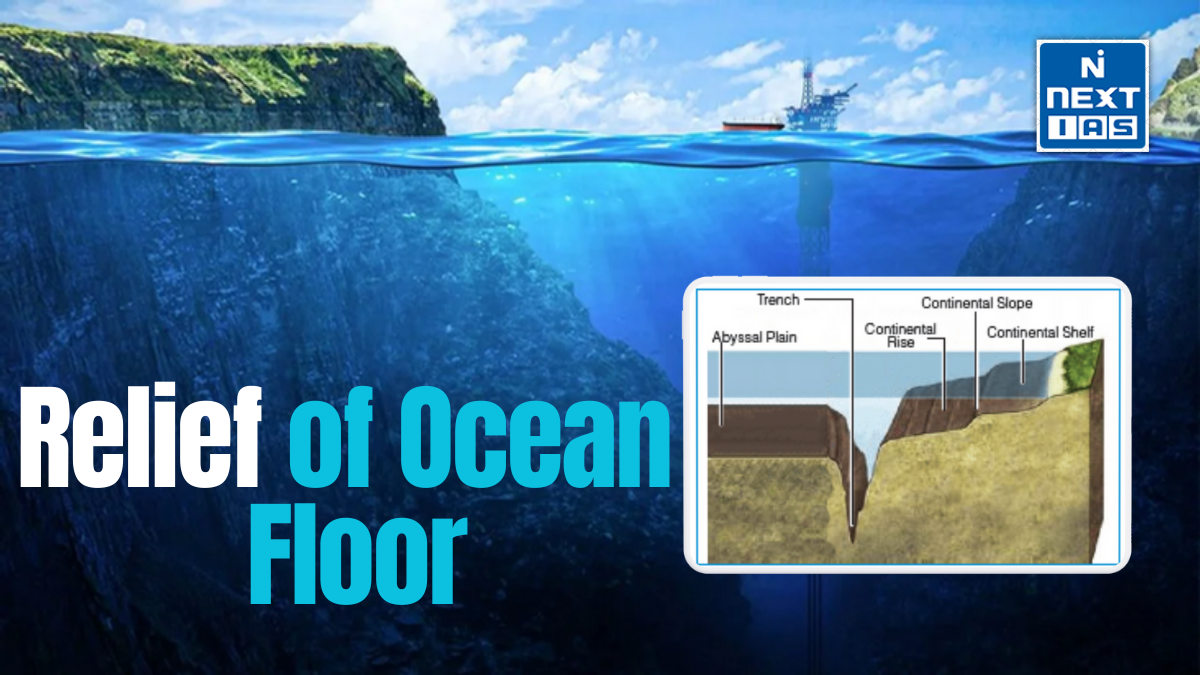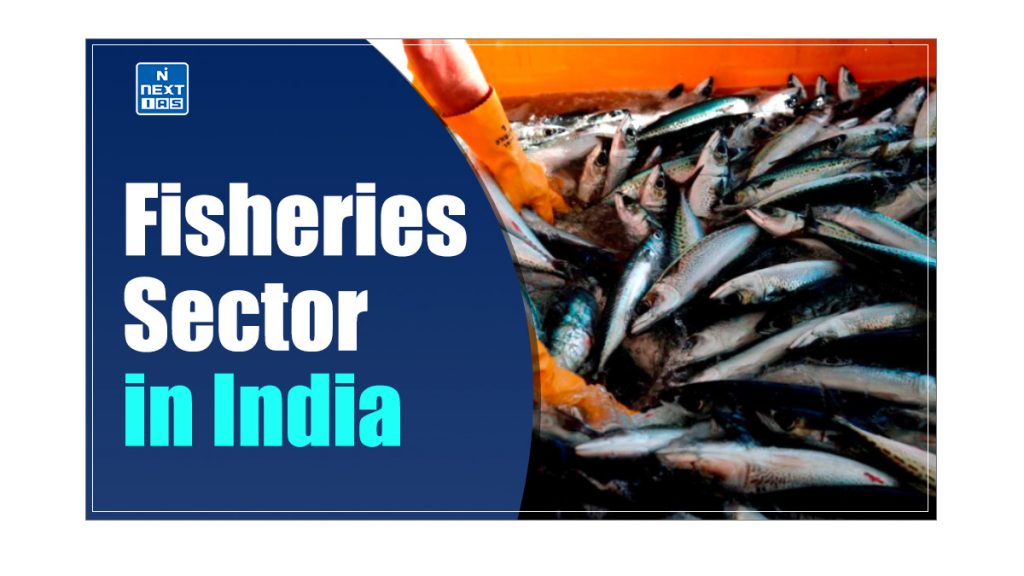
The fisheries sector in India encompasses a diverse range of activities, including marine, inland, and aquaculture fishing, which contribute significantly to the nation’s economy. It is crucial in providing food security, generating employment, and supporting livelihoods across coastal and rural communities. This article aims to study in detail the current status, economic contribution, major fish species, production centres, government policies, and challenges facing the fisheries sector in India.
About Fisheries Sector in India
- The fisheries sector in India is a vital component of the country’s economy, contributing significantly to food security, employment, and export earnings.
- With its vast coastline, extensive inland water resources, and diverse aquatic ecosystems, India is one of the leading producers of fish in the world.
- The sector supports millions of livelihoods, particularly in coastal regions and rural areas, and plays a crucial role in the socio-economic development of these communities.
- Over the years, India’s fisheries have evolved from traditional practices to a more structured and modernised industry, encompassing marine, inland, and aquaculture sectors.
- This sector’s continuous growth and development enhances its contribution to the national economy and positions India as a critical player in the global seafood market.
Current Status of Fisheries in India
The current status of the fisheries sector in India can be seen in the following points:
Marine Fisheries in India
- India’s marine fisheries sector is a critical part of this industry, with a coastline stretching over 7,500 kilometres and an Exclusive Economic Zone (EEZ) of 2.02 million square kilometres.
- The sector primarily exploits marine resources from coastal and deep-sea waters, with key species including sardines, mackerel, tuna, and shrimp.
- Marine fisheries are crucial for the livelihoods of coastal communities and contribute significantly to India’s seafood exports.
Inland Fisheries in India
- Inland fisheries in India are equally important, leveraging the country’s extensive network of rivers, lakes, ponds, and reservoirs.
- This sector contributes significantly to the country’s total fish production and is vital for rural employment and food security.
- Inland fisheries are diverse, including capture fisheries in natural water bodies and culture-based fisheries in man-made reservoirs.
Aquaculture in India
- Aquaculture is the fastest-growing segment within India’s fisheries sector, driven by increasing demand for domestic and international fish and seafood.
- It involves the breeding, rearing, and harvesting fish, shellfish, and other aquatic organisms in controlled environments.
- The sector is dominated by freshwater aquaculture, particularly carp species, but there is also significant production of shrimp and other high-value species.
- The expansion of aquaculture has helped mitigate the pressure on wild fish stocks and has contributed significantly to India’s fish production and exports.
Major Fish Species in India
- India’s vast sea and inland waters are home to over 1,800 fish species, although only a few are commercially significant.
- The key seawater species include catfish, herring, mackerels, perches, mullets, Indian salmon, shellfish, eels, anchovies, and drab.
- In contrast, freshwater species primarily consist of catfish, loaches, eels, herrings, featherbacks, mullets, carps, prawns, mussels, and anchovies.
- These species are cultivated and harvested in various production centres across the country, contributing significantly to this sector.
Fisheries Production in India
- Approximately 70 per cent (2020-21) of the nation’s total fish production is derived from inland fisheries, which include freshwater sources such as ponds, tanks, canals, rivers, reservoirs, and lakes.
- Marine fisheries production in India contributes about 30 per cent (2019-20) of the country’s total fish production.
- Andhra Pradesh is the leading producer, followed by West Bengal, Odisha, Tamil Nadu, and Kerala.
- The fishing season in India extends from September to March—the broader continental shelf results in higher production in the Arabian Sea.
- Important fisheries in India include sardines, mackerel, and prawns.
Fishing Industry in India
- The fishing industry in India is a vital sector, contributing significantly to the country’s economy and supporting the livelihoods of millions, particularly in coastal regions.
- With a vast coastline, extensive inland water resources, and a rich diversity of fish species, India is one of the largest global producers.
- The industry includes marine and inland fisheries, and aquaculture, with key species like sardines, mackerel, shrimp, and freshwater fish.
- The sector also plays a crucial role in food security, employment, and export earnings, making it a cornerstone of the rural economy.
Economic Contribution of Fisheries Sector in India
- This sector is vital to India’s economy, contributing significantly to food security, employment, and income generation.
- The sector provides livelihoods to around 28 million people, including those involved in fishing, processing, and marketing.
- Additionally, India is one of the largest fish producers globally. Fish and fish products are crucial to the country’s export portfolio and earn substantial foreign exchange.
- This sector’s economic contribution also extends to supporting allied industries, such as aquaculture feed, fishing gear, and processing equipment, further amplifying its economic impact.
Problems in the Fishing Sector in India
- Despite significant progress in fisheries development over the past four decades, several challenges persist.
- Many fishermen need more financial means to acquire advanced equipment for better fish harvests.
- Pollution in water bodies—such as rivers, lakes, ponds, and coastal areas—is rising.
- The area of paddy fields previously used for fisheries is shrinking due to rapid population growth, industrialisation, and urbanisation.
- Additionally, there is insufficient information regarding the environmental conditions of these water bodies.
- The unpredictable nature of the monsoon adversely affects inland fisheries.
- Marketing, storage, and transportation problems exist, and research and extension service facilities are inadequate.
- This led to the Pink Revolution (Prawns) in the coastal regions of the southern part of the country.
Strategies for the Fisheries Development in India
- The Indian Council of Agricultural Research (ICAR) has set up eight research institutes to devise strategies for utilising various aquatic resources.
- Additionally, refrigeration and cold storage facilities have been introduced.
- Training centres and fishing farm docks have been established in locations including Cuddalore, Royapuram (Tamil Nadu), Kandla, Veraval (Gujarat), Vijinjam (Kerala), and Port Blair.
- Village Panchayats have been authorised to conduct its development programmes in respective villages.
- Under the Development of Model Fishermen Villages programme provides basic civic amenities such as housing, drinking water, and community hall construction for fishermen’s villages.
- Brackish Fish Farmers Development Agencies (BFDA) provide shrimp farmers with technical, financial, and extension support in the country’s coastal areas.
- Insurance facilities have been extended to fishermen to ensure their safety and security.
- The government is gathering data on the microclimates of various water bodies to enhance fisheries across the country.
- In terms of infrastructure, six major fishing harbours (Cochin, Chennai, Visakhapatnam, Roychowk in West Bengal, Paradip, and Mumbai), along with 62 minor fishing harbours and numerous fish landing centres, have been developed in several coastal states.
Government Initiatives and Policies Related to Fishing Sector
The Indian government has implemented several policies and initiatives to boost this sector and ensure sustainable development.
National Fisheries Policy
- The National Fisheries Policy provides a framework for the sustainable development and management of fisheries in India.
- It emphasises the conservation of resources, enhancement of fish production, and the welfare of the fishing community.
- The policy also focuses on improving infrastructure, adopting modern technology, and enhancing value addition in the fisheries sector.
National Fisheries Development Board (NFDB)
- The NFDB plays a crucial role in promoting this sector in India. It undertakes activities related to aquaculture development, upgrading fishing infrastructure, and adopting modern technologies.
- The board also focuses on capacity building, skill development, and disseminating best practices among fishers and fish farmers.
- NFDB’s initiatives aim to achieve higher fish production and improve the livelihood of those dependent on this sector.
Neel Kranti Mission
- This mission focuses on advancing and managing fisheries, encompassing inland and marine fisheries, aquaculture—including deep-sea fishing and mariculture—and all related activities overseen by the National Fisheries Development Board (NFDB).
- The objectives of Neel Kranti Mission are:
- Maximising the country’s fish potential in both inland and marine sectors to triple production by 2020.
- Modernising this industry with a focus on new technologies and processes.
- Doubling the income of fishermen and fish farmers by boosting productivity and improving post-harvest marketing infrastructure, including e-commerce and global best practices.
- Ensuring broad participation of fishermen and fish farmers in income growth.
- Tripling export earnings by 2020, emphasising benefiting fishermen and fish farmers. Enhancing the country’s food and nutritional security.
Pradhan Mantri Matsya Sampada Yojana
- The Pradhan Mantri Matsya Sampada Yojana seeks to transform India into a leading hub for fish and aquatic products by providing targeted policy, marketing, and infrastructure support.
- Through the Pradhan Mantri Matsya Sampada Yojana, the government aims to integrate all fishermen into farmer welfare programs and social security schemes.
- Under this scheme, the Department of Fisheries will create a comprehensive management framework, focusing on closing key gaps in the value chain, including infrastructure modernisation, traceability, production, productivity, post-harvest management, and quality control.
State-Level Initiatives
- Several state governments have also introduced initiatives to support and develop this sector.
- These include providing subsidies for fish farming, promoting sustainable aquaculture practices, and improving fishers’ access to markets.
- States like Kerala, West Bengal, Andhra Pradesh, and Tamil Nadu have been particularly proactive in implementing policies and programs that enhance fish production and ensure the welfare of the fishing community.
Conclusion
This sector of India is vital for its economy, significantly contributing to food security, employment, and exports. With extensive marine and inland resources and a growing aquaculture industry, the sector supports millions of livelihoods. However, challenges like pollution and infrastructure issues must be addressed. Government initiatives like the National Fisheries Policy and Pradhan Mantri Matsya Sampada Yojana aim to modernise the sector and improve sustainability. Continued investment and support are crucial for enhancing productivity and ensuring long-term growth.
World Fisheries Day
- World Fisheries Day, celebrated annually on November 21, highlights the importance of sustainable fisheries and the well-being of fishing communities worldwide.
- It reminds us of the critical role that healthy aquatic ecosystems play in ensuring food security, supporting livelihoods, and maintaining biodiversity.
- The day also promotes awareness about the fishing industry’s challenges, such as overfishing, habitat destruction, and climate change.
- Through various events and activities, World Fisheries Day encourages global cooperation and adopting sustainable practices to preserve fisheries for future generations.


